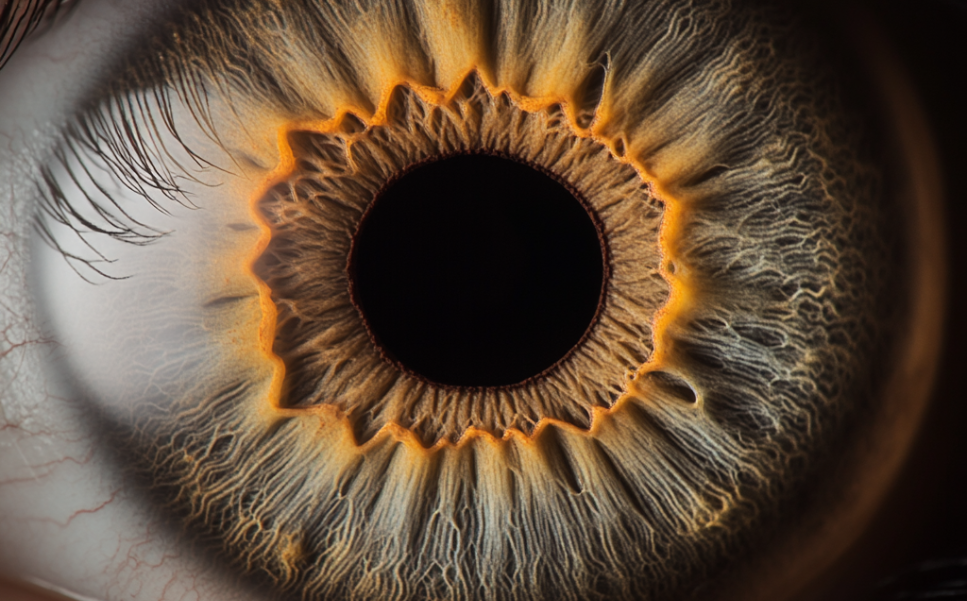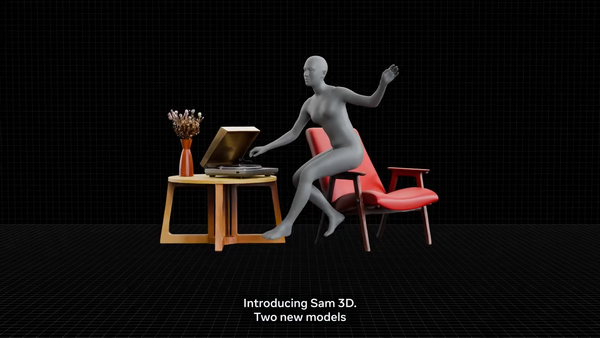University of Arizona Breakthrough Brings High-Precision Eye Tracking to Immersive Tech

- A new method captures detailed eye movement by analyzing how light patterns reflect off the eye’s surface.
- The system tracked gaze with higher accuracy than current tools and may help improve future VR and health technologies.
Researchers at the University of Arizona have developed a new way to track eye movement with much more detail than existing tools. Instead of relying on around a dozen points on the eye’s surface, their system uses light patterns to collect data from more than 40,000 spots at once, all from a single camera image.
"The unique combination of precise measurement techniques and advanced computation allows machines to 'see the unseen,' giving them 'superhuman vision' beyond the limits of what humans can perceive," Florian Willomitzer, associate professor of optical sciences and principal investigator of the study said on the company's website.
This method delivered highly accurate results: in tests with real people, gaze direction was tracked with errors between 0.46 and 0.97 degrees, while the artificial eye model reached 0.1-degree accuracy. The researchers believe further refinements could bring even better performance.
The technology could be built into VR or AR headsets using built-in displays or lights to reflect patterns off the eye. It may also support eye health diagnostics by generating detailed surface images. The team is seeking commercialization through Tech Launch Arizona and plans to keep improving the system.
🌀 Tom's Take:
Spatial computing demands more natural ways to interact with machines, beyond taps, swipes, and clicks. For that to happen, the body becomes the interface. Eye tracking is one key modality, and breakthroughs like this are critical to making that future seamless and real.
Source: University of Arizona News






